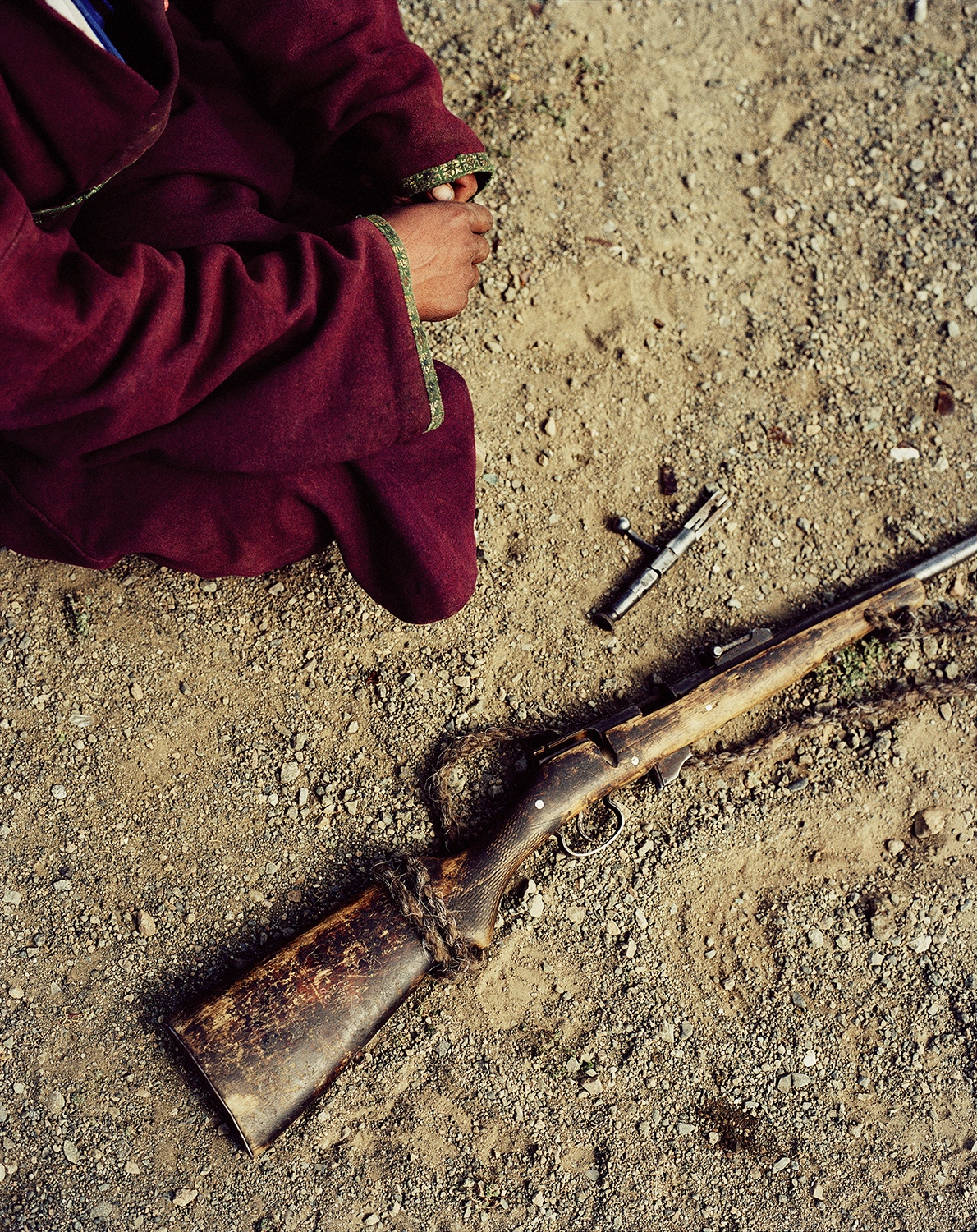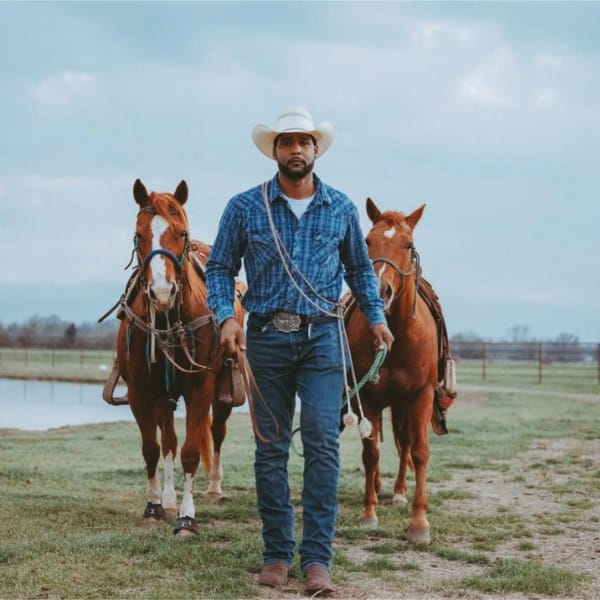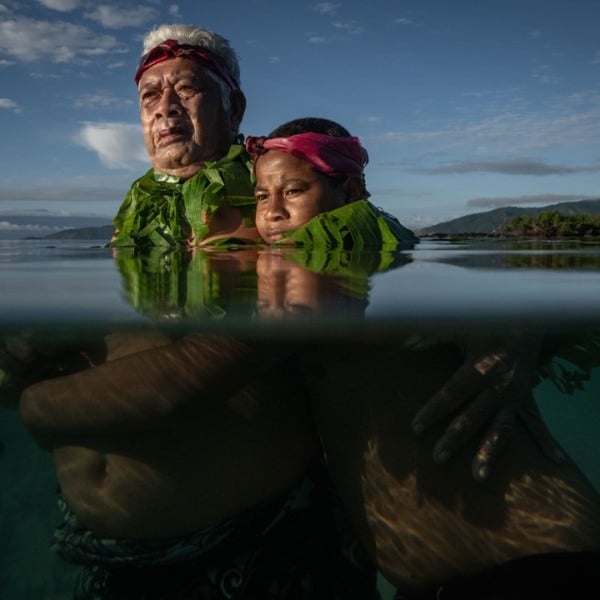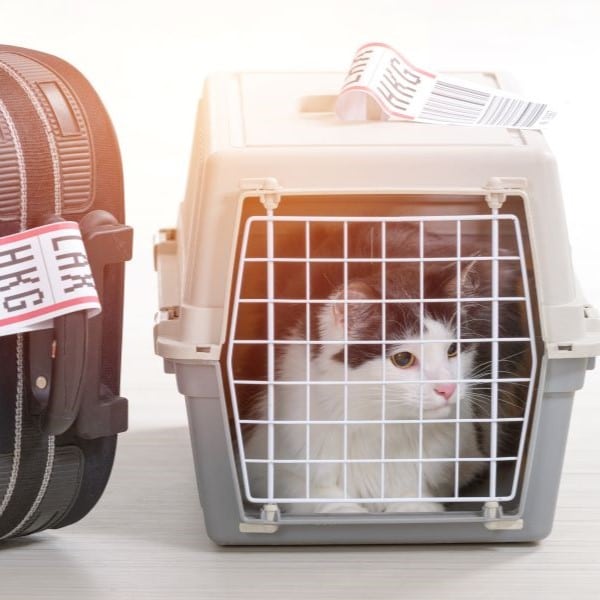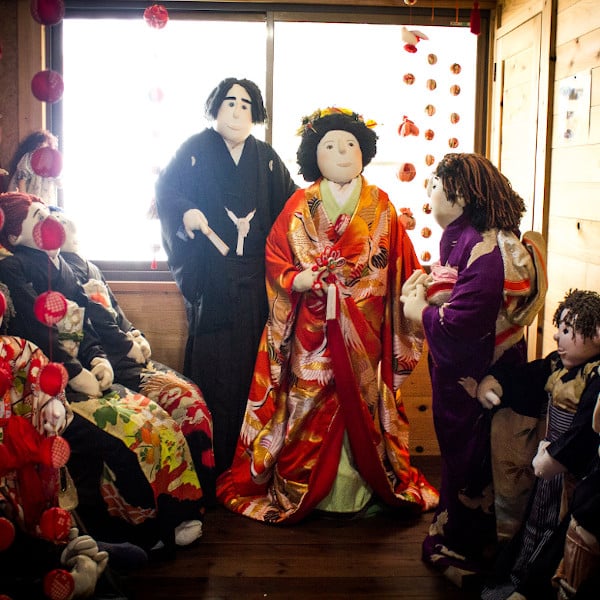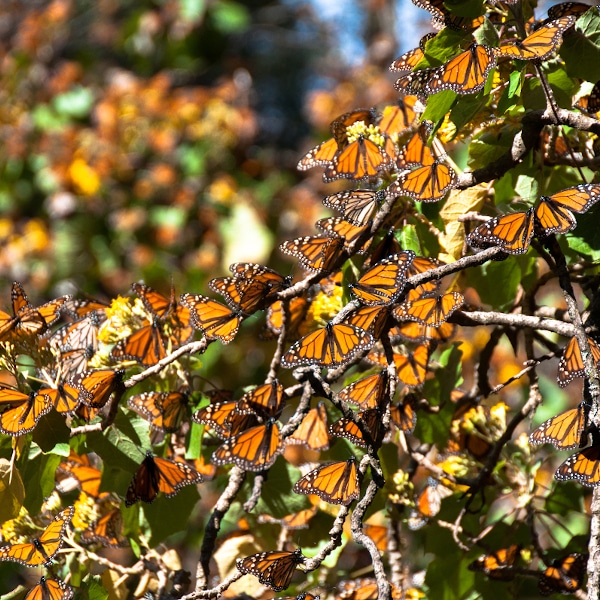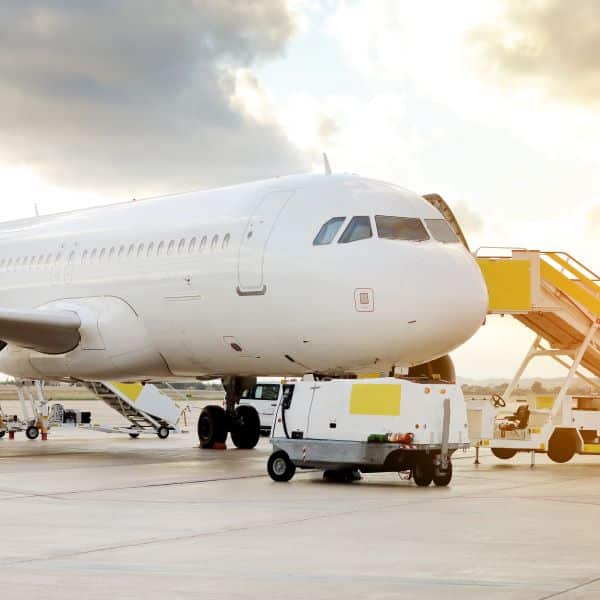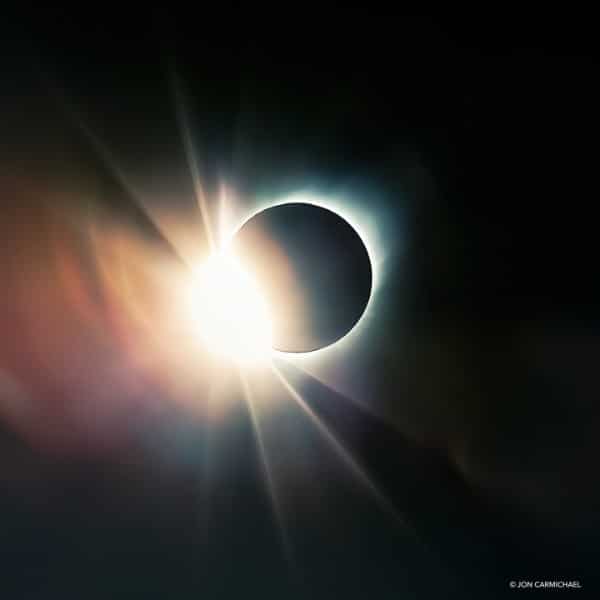“I felt a huge sense of fascination about Mongolia the more I saw and traveled through it.”
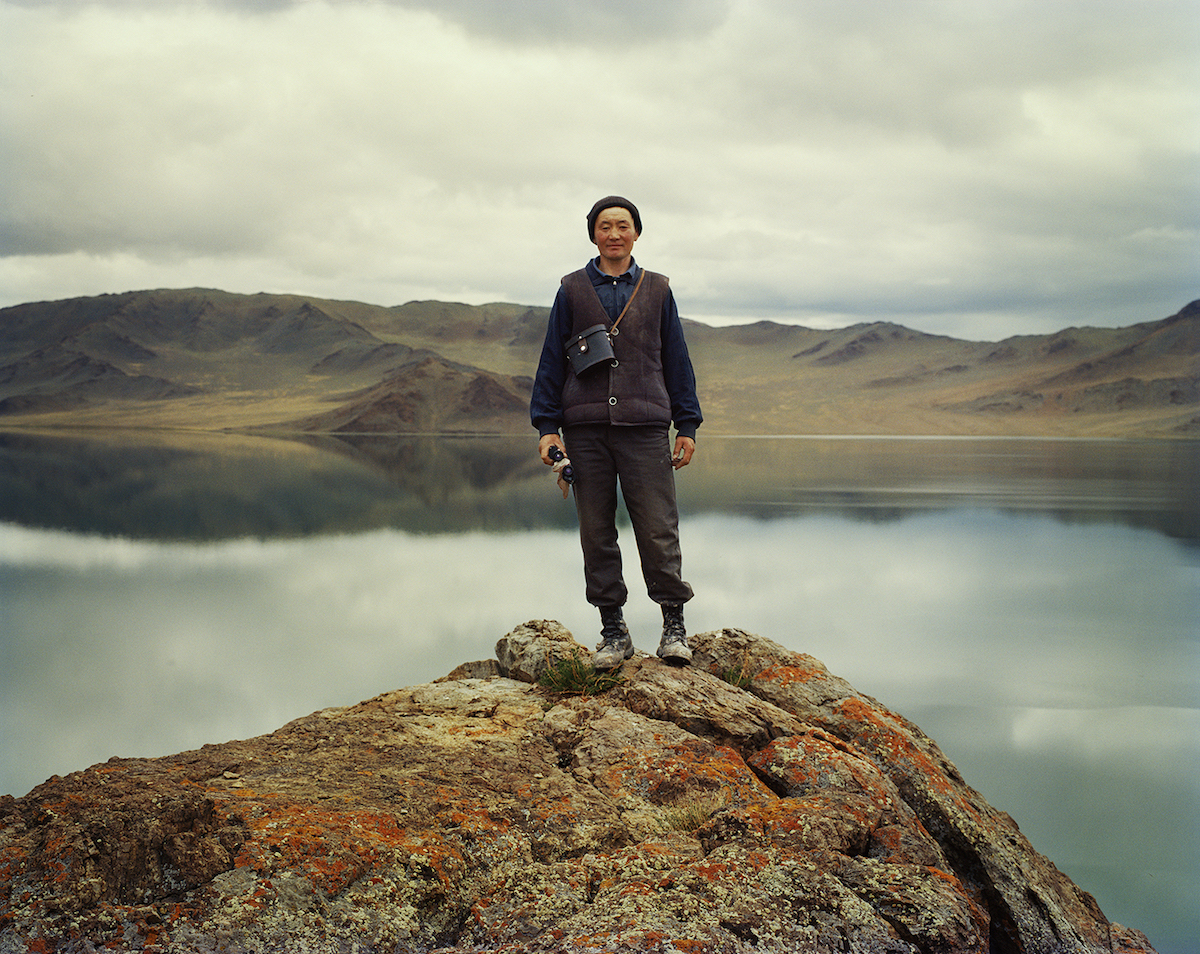
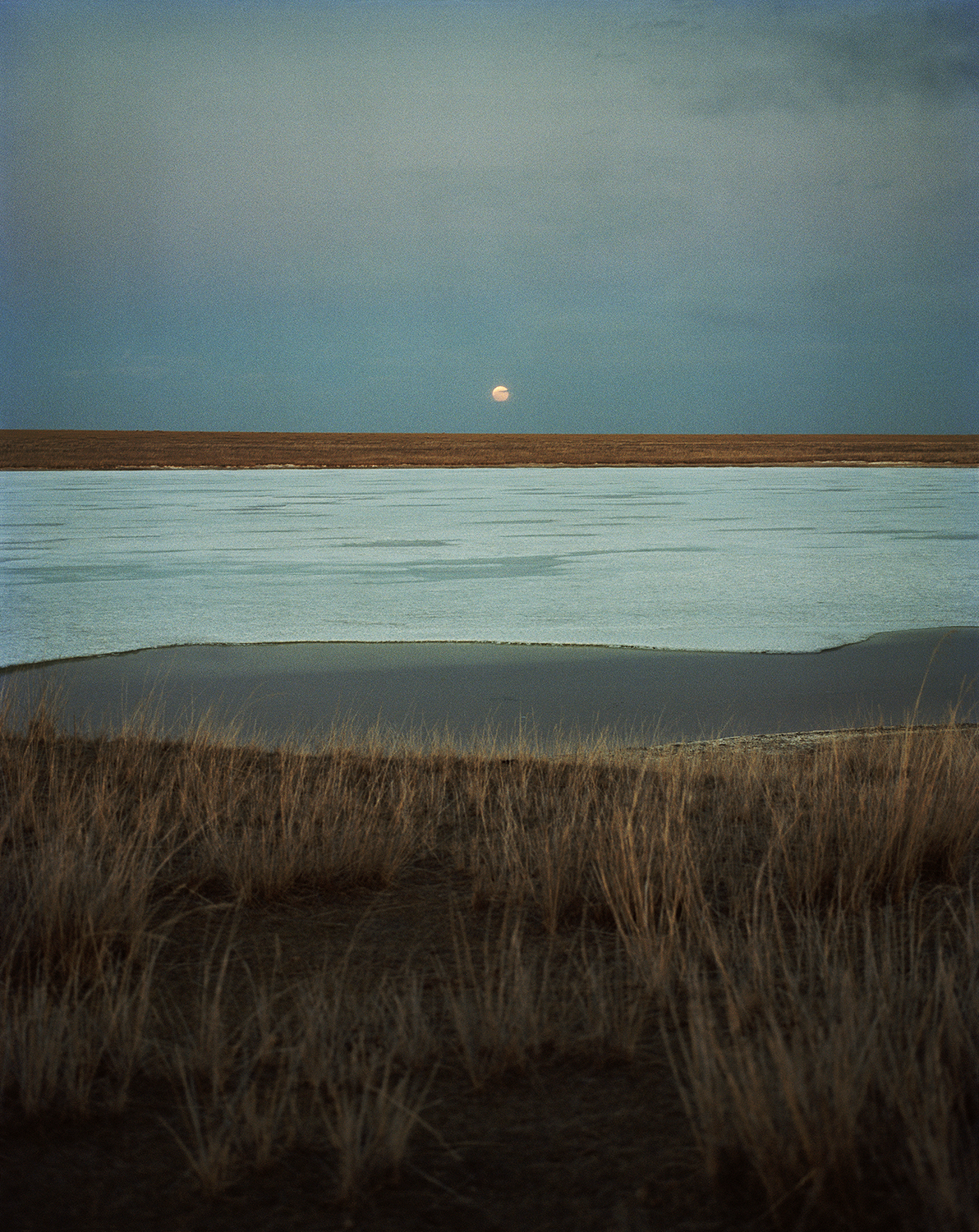
How do you feel this project has helped your photography evolve?
Having a long-term project of this size to work on over the years has helped me to improve on my own technique and approach to photographing subjects and telling stories through photography. Things I would not have done while on assignments, I did while on this book project because I did not have any stress to not come back with the pictures I needed to hand over to an editor.
There was much more creative freedom—no fear of making mistakes and being accountable for the result. If I messed up while in Mongolia, I would learn from my mistakes, and understand what I could have done better, then apply those lessons for the next trips. Those new techniques I learned, I could then use in editorials and commercial assignments later on.
Also, having a book I thought about and created all the way through, with my name on it today is a great asset. It has been a lot of years, time, money and energy spent, but ultimately today, and only today, it feels that it was really worth it.
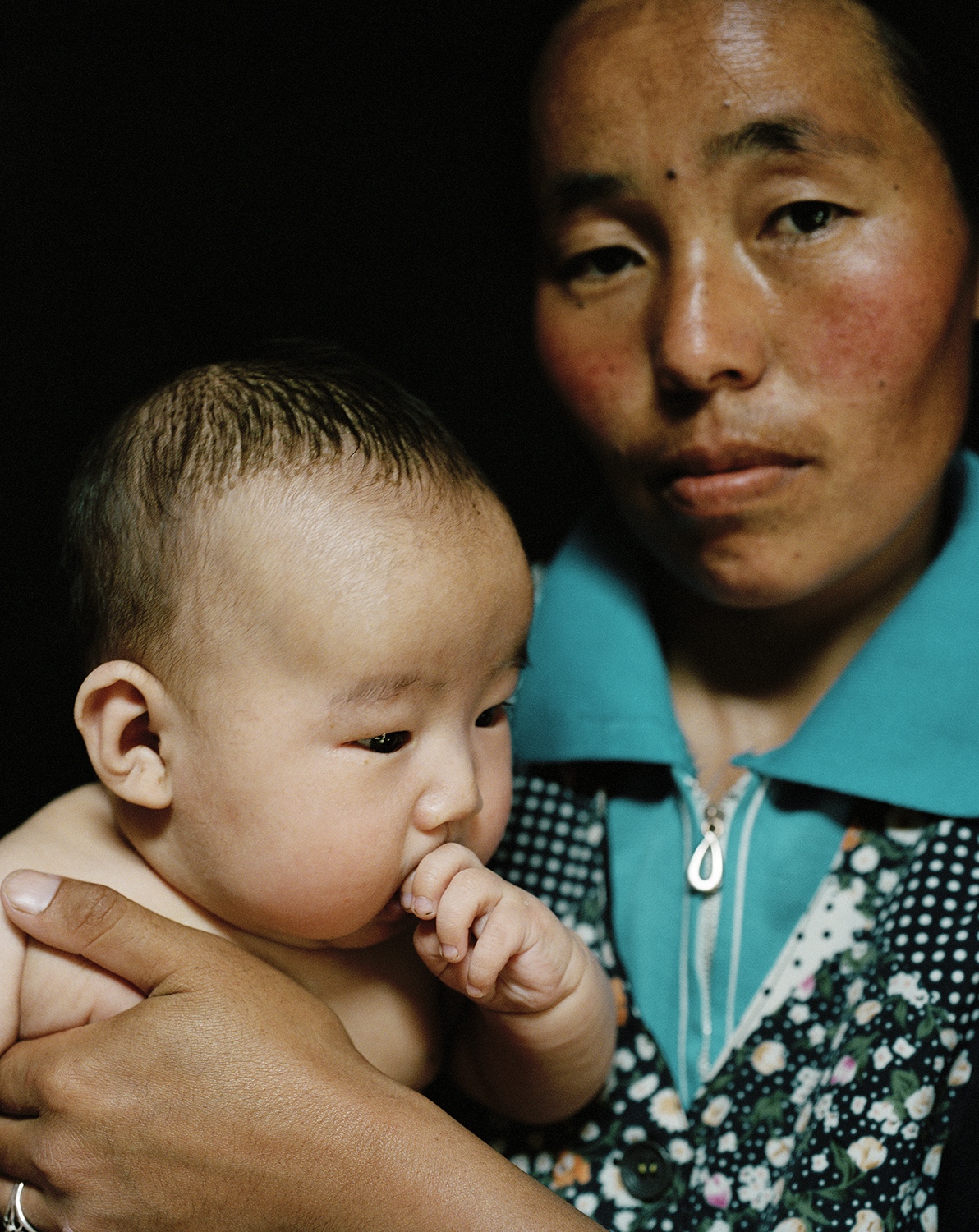
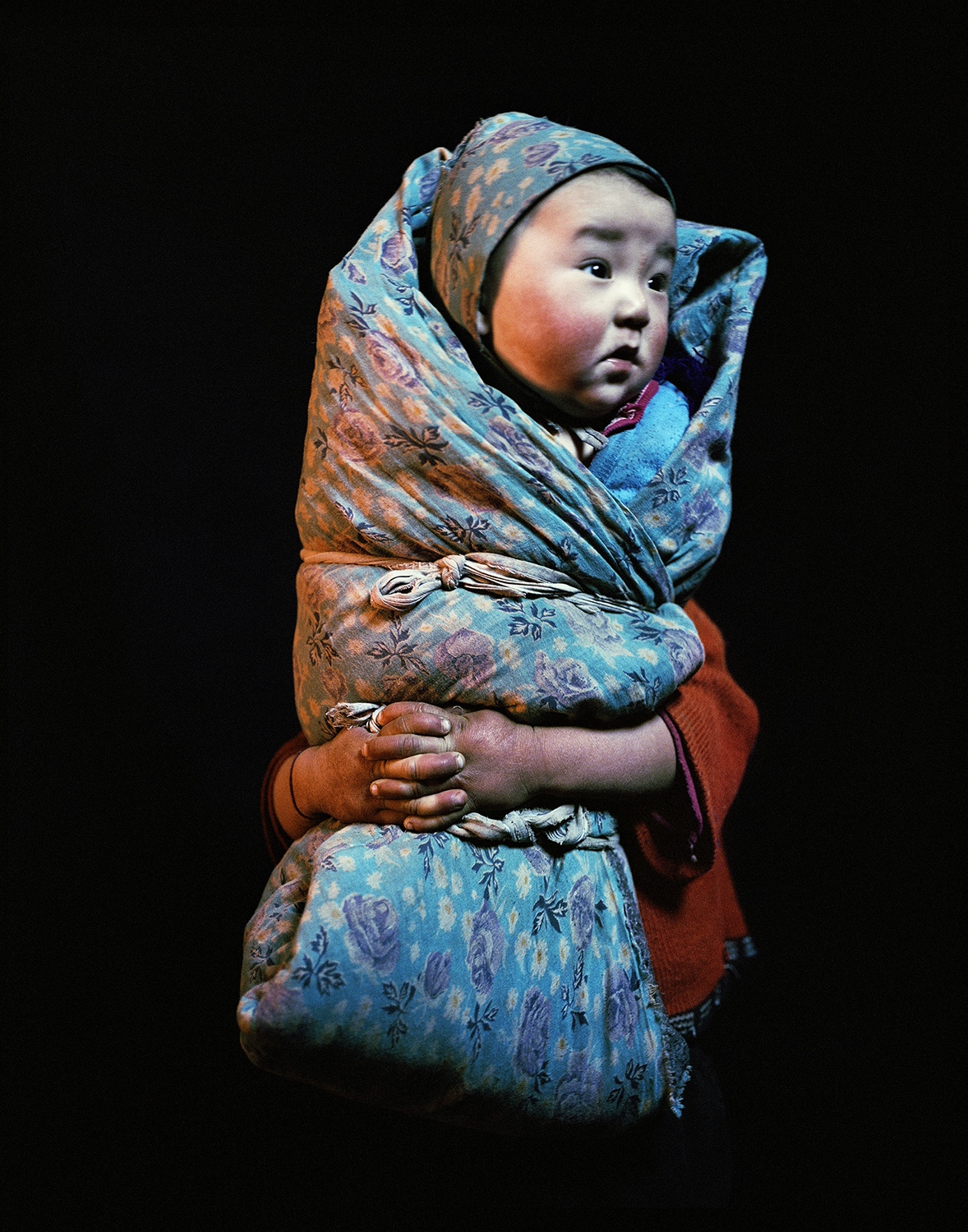
The project is self-funded. Can you share a bit about the sacrifices it took to make Mongolia a reality and why you felt it was so important to do so?
It has been a lot of small decisions I made every day over the years like “Do I buy a car or new clothes or do I spend that money to go shoot in Mongolia?” or “Do I go out to have dinner with my friends or do I save that money?” I funded the majority of the trips to Mongolia myself besides a few times I was assigned to go to work for a magazine.
All the commercial jobs I had in NYC, I saved that money to work on the book. From all of the flights to hiring my guide, drivers, paying local hotels, food, processing the film, and equipment—I funded everything. Seen in that perspective, it can appear to have been a lot of sacrifices to some people, but it did not feel like that to me as I was very determined and very driven to make that project happen. That was the only thing that mattered.
I really felt a sense of urgency to complete the project and make the book a reality. I just felt I could not live a fulfilled life without completing this task, or that would have been a perpetual disappointment in myself if it had remained undone. Maybe that was related to the history of the country with my family, or a way to say thank you to those people and that country. Also, I felt a huge sense of fascination about Mongolia the more I saw and traveled through it and a feeling that a lot of people were relying on me and expecting the book to happen. I could not let any of my friends there down.
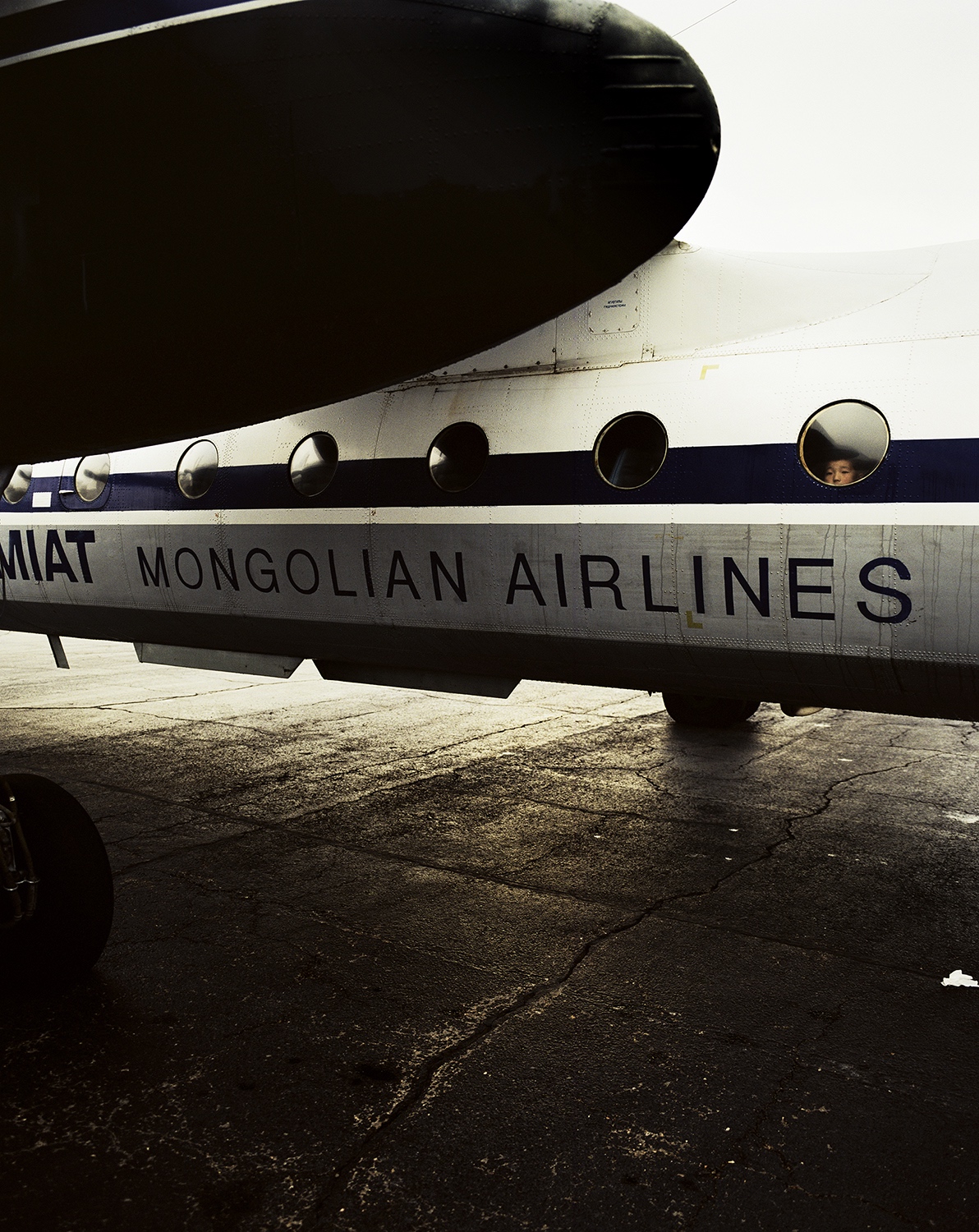
(continued) It has been a tough ride overall while shooting in the frigid and extremely cold conditions and the physical toll it bore over time. The past 6 to 8 months when finalizing the past 17 years of work into the book and dealing with people who had never been involved in the project before, like my printer, has been particularly challenging as well.
I had to make sure they understood exactly what I wanted to create: the quality, the colors, papers, size of the book, everything I wanted the book to reflect, from the color tones to the subtlety of the cover foil stamping. Every element was very important. I had the chance to work with a great art director I have collaborated with in the past, Matt Willey who works for The New York Times Magazine and an amazing writer whose work I love, Pico Iyer. They were the two people I wanted to collaborate with on this book.
But most importantly I had the incredible support of my wife, Gretchen Lagrange, who is herself a creative director and knew and understood every single step of the printing process, which was totally new to me. She was able to guide me through and talked in more technical terms with the printer and producers back in Italy. She has also been my support on this project for the past 15 years and my marketing partner for the Kickstarter campaign. Teaming up with her on this has been incredible.

Your Kickstarter has already been wildly successful, getting funded in just 5 days. What does that support mean to you?
It was such an incredible surprise to see the interest people had in this book project, the photography and the story, especially considering that the book is 2 to 3 times more expensive than any other books I found on Kickstarter. That was a huge leap of faith a few people advised me not to take, as they thought that the book was too high-end for a platform like Kickstarter.
I had a different approach to it, mainly by thinking that the book would be like nothing else ever presented through Kickstarter. On top of being a beautifully-crafted book by some of the best craftsmen in that field in Italy, it was a very limited-edition and a piece of art that looks incredibly beautiful in a room on its own. I was very touched and overwhelmed by the response and to see how fast we were able to reach our goal on Kickstarter. I also received many emails and messages of appreciation about the body of work I had built over the years.
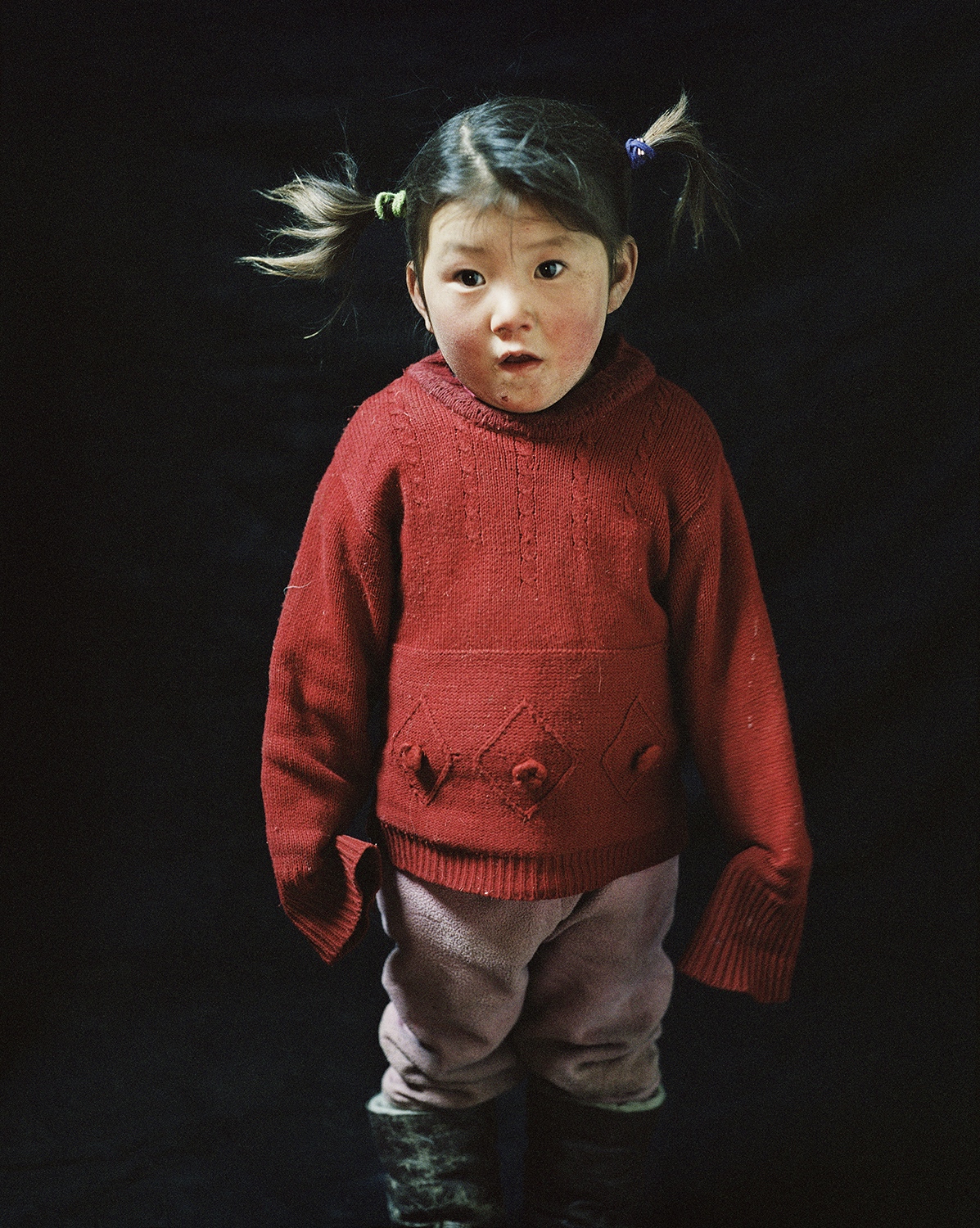
In terms of the book, what was the photo editing process like? With 17 years of material, I can imagine it must have been difficult to make certain cuts!
Matt and I started in October 2017 with about 1,500 to 1,600 pictures from those 17 years. All were shot on negative film. The pictures were either on paper contact sheets or digital scans. We made some initial edits to cut the images down to 600 and then to 350.
Once down to 350 images, I felt I was way too attached to most of the pictures and could not be objective enough, as they all represented some special moments I felt emotionally connected to. At that stage, I asked Matt to finalize everything according to the layout, art direction, and narrative he had in mind. We had worked together in the past for Avaunt and Port magazines and I felt comfortable having him edit the final images.
Then he came back to the studio and we laid down all the pairings and images he had selected on the studio floor. We spent entire days going through everything, moving images around, swapping, changing pairings to narrow the choice and finally came up with an edit of 185 pictures spread over 252 pages that we both felt strongly about. That was a really fun process and collaboration. Now we have a lot of outtakes.
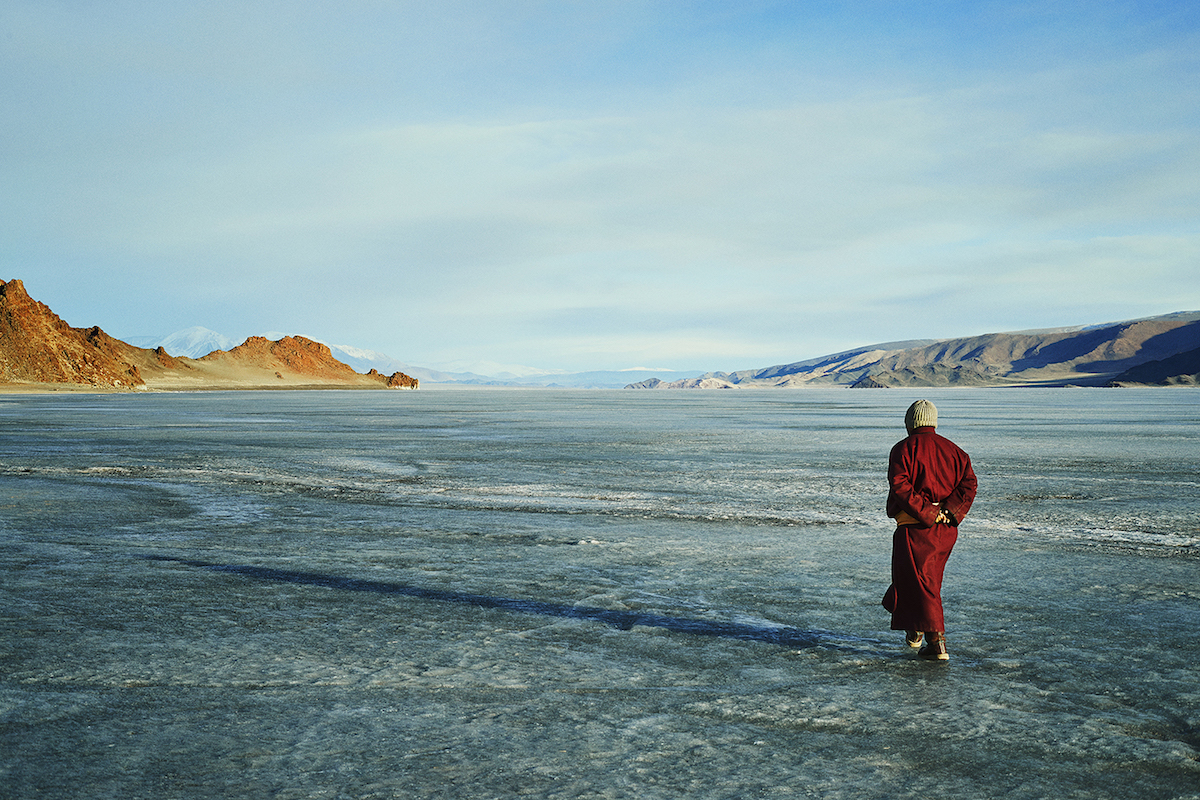
Ultimately, what story are you hoping to tell with Mongolia?
There was no particular theme I wanted to approach in Mongolia, only to showcase a visual presentation of the country that would encompass time and the wide territory at large and all the different tribes living in different parts of the country.
Spanning the work over 17 years has also created a historical, timeless body of work that to my knowledge has never been done before in this country. Essentially after all those years, I had in mind to create a timeless body of work through these images that could potentially become a reference for Mongolia.
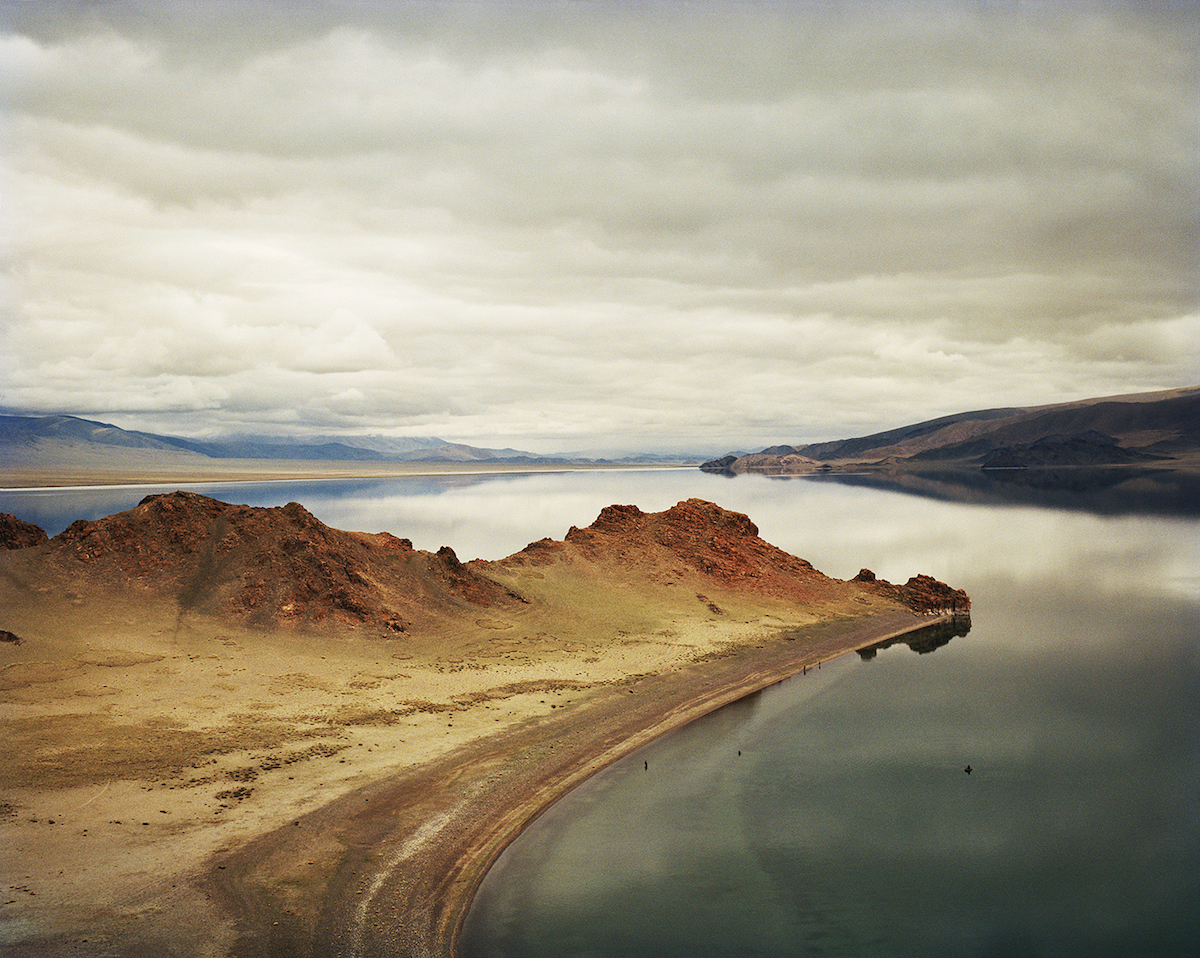
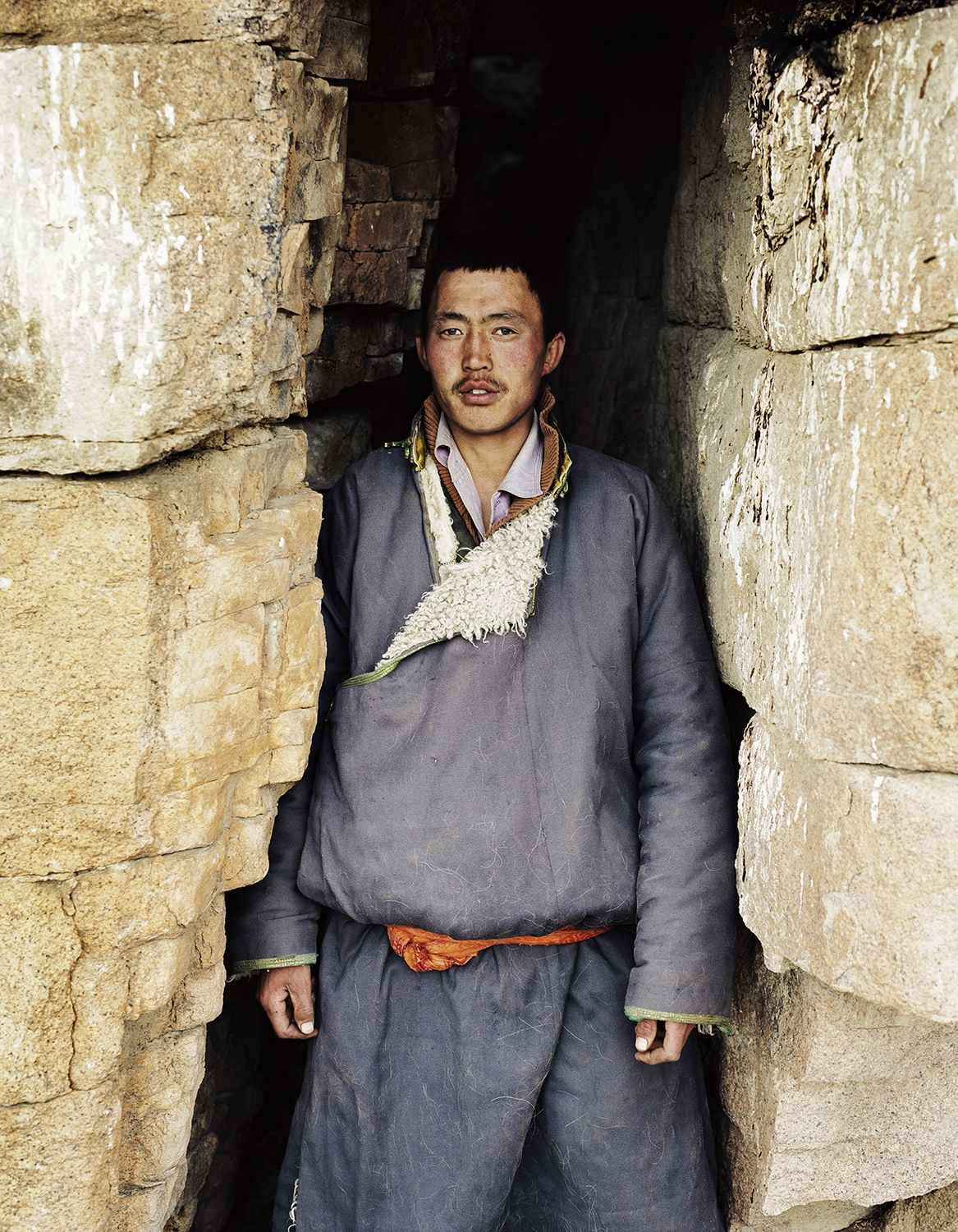
What’s next? Will the trips to Mongolia continue?
Yes, I definitely will head back to Mongolia when I can and continue shooting there. I am also working on a similar project in Indonesia, a place I started to shoot a few years earlier then I started working on the Mongolia book project. I am hopeful to create the same kind of book when it is completed, in another few years.
